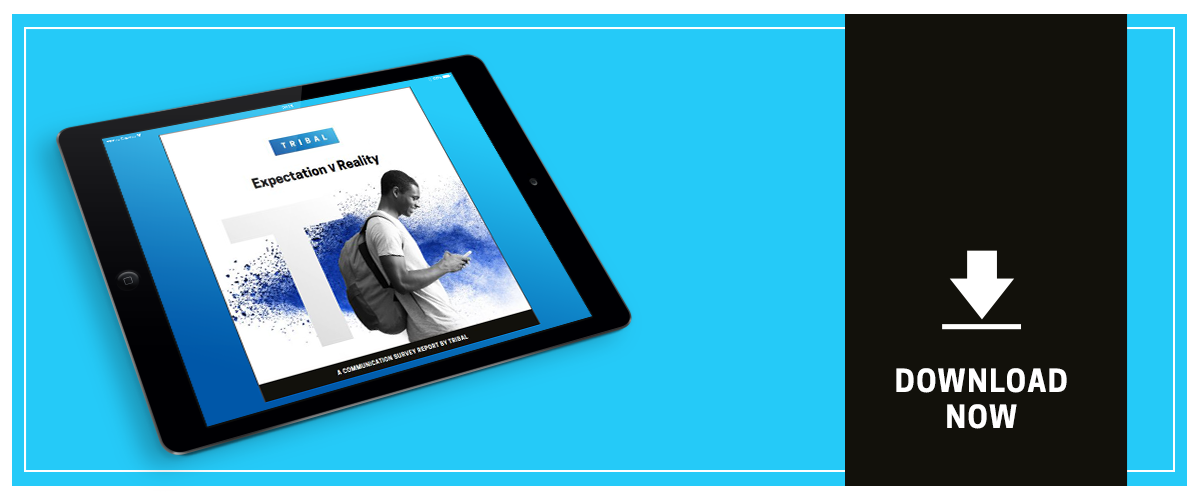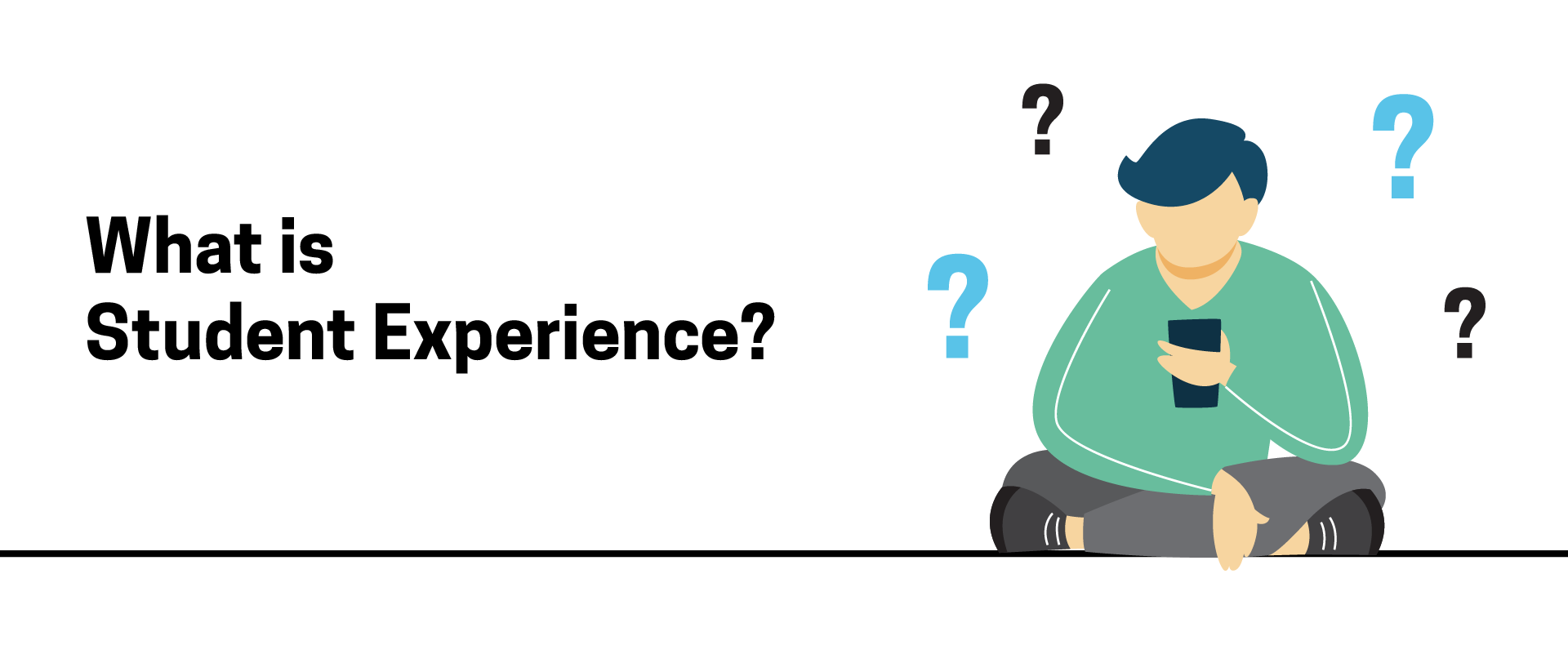
In its simplest form...
The simplest definition of Student Experience is “how students perceive interactions with your institution”. Student Experience starts long before the student’s first day at your institution and reaches beyond alumni. It’s evolved alongside the rise of smart technology, which gives instant online access to a wealth of information about your institution – only some of which you are in control of publishing.
Student Experience comprises three key elements - and students will naturally place different weight on each element depending on what they want from their learning journey:
- Academic and intellectual development – the teaching and learning they will experience, along with goal setting and progression, assessment and feedback etc.
- Social/emotional activities and networking – the extra-curricular facilities available to them during their time as a student that will nurture cultural, political, sporting, and artistic interests and peers.
- Welfare and support services – the funding, accommodation, health facilities, counselling, pastoral care etc. that each student has access too.
What’s clear is that increasingly, students are expecting a personalised experience – one that’s tailored to their particular needs, wants, interests, and their preferred method of communication. And as a result, educators will soon be relying on technology to reach Gen-Z.
 For more on this, read our blog: Student experience for Gen Z: the dos and don'ts
For more on this, read our blog: Student experience for Gen Z: the dos and don'ts
Instead of seeking it out, students expect to have information presented: immediately, personalised, and in context (think ‘in-app push notifications’). So where institutions fail to engage students with this kind of information in the right format, at a convenient time – the student experience will fail to meet expectation.
As the education market becomes increasingly competitive, embracing the latest technology to deliver, measure, improve and ‘sell’ the experience that individuals can expect will be fundamental to the recruitment and retention of students.
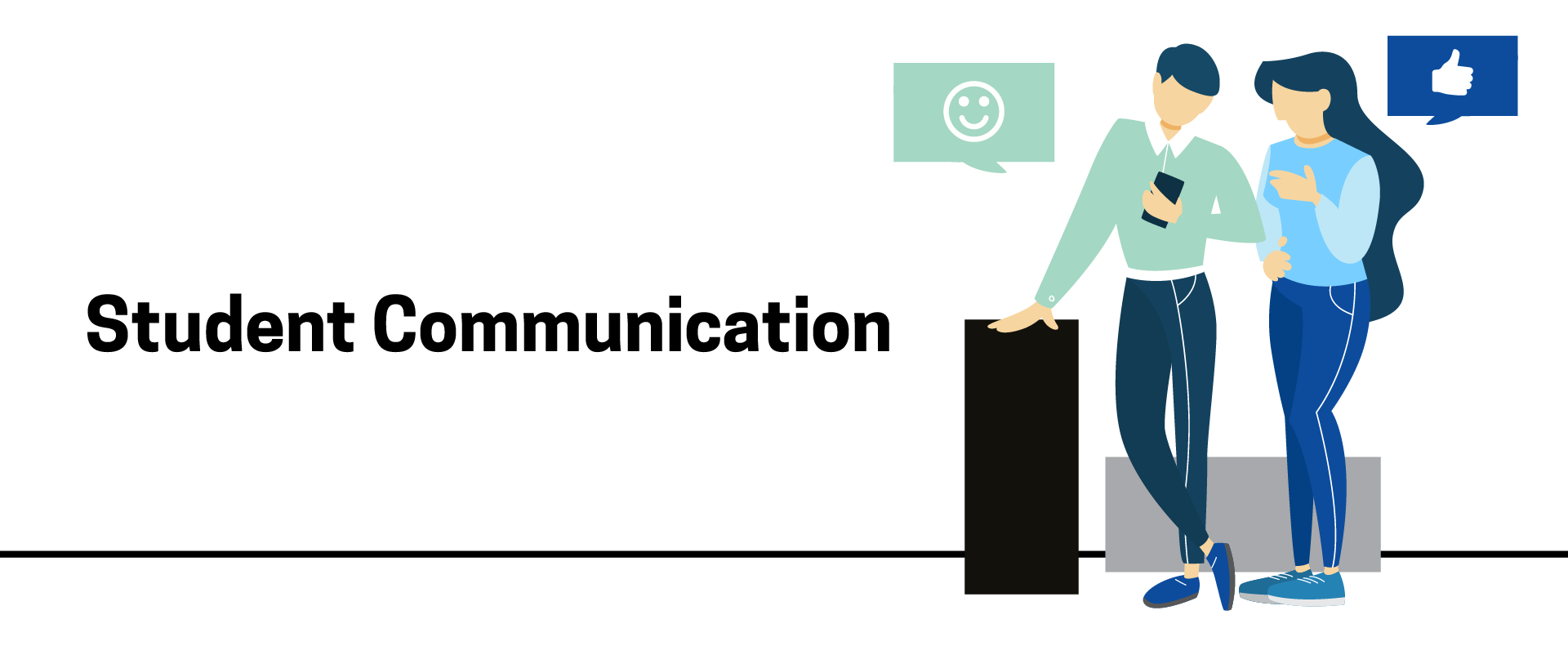
Student communication: the heart of student engagement and the backbone of Student Experience
There is currently a communication revolution going on in education. Today’s student communication is multi-way, across multiple devices and platforms. The choice of instant messaging apps available to smartphone users means that students today expect instant, two-way communication – phone calls and emails are simply too slow.
 If you're thinking of a mobile app, read our blog: Choosing an app for students - four things to consider
If you're thinking of a mobile app, read our blog: Choosing an app for students - four things to consider
 For more on this, check out this webinar: Online admissions - from enquiry through to enrolments, your students can do it all online
For more on this, check out this webinar: Online admissions - from enquiry through to enrolments, your students can do it all onlineYet despite the significant opportunities to delight using the right kind of communications tools, recent research shows that 94% of student communication strategies are failing to engage.
- Providing communication technology that staff and students are familiar and already engaged with.
- Providing a quick, effective and efficient method of communication so that students can connect with staff and other students, and access all opportunities to enhance their student experience.
- Enabling personalised, relevant communications to be ‘pushed’ direct to students.
- Allowing one to one or group communication, in real time.
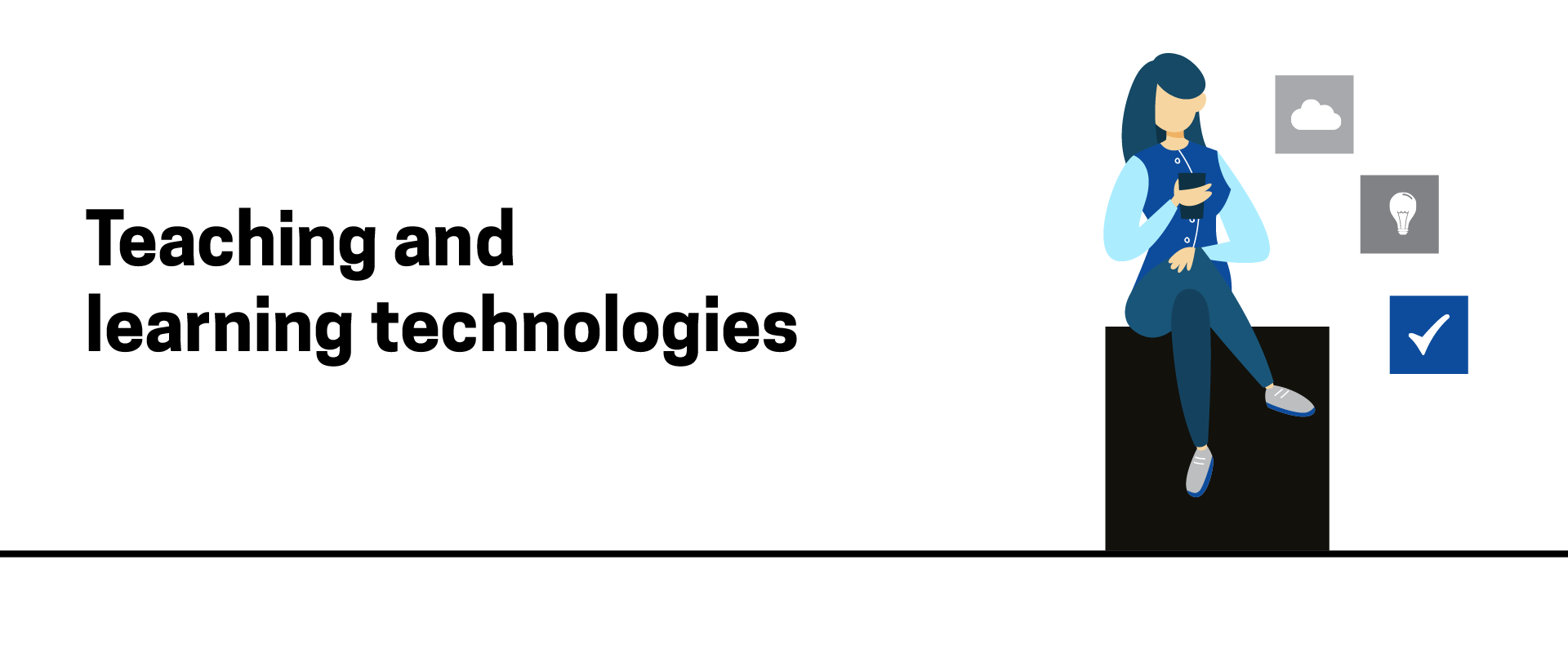
Teaching and learning technologies to improve student experience
Teaching and learning has changed dramatically in the past decade. Advances in technology have been the catalyst for:
Institutions
- Delivering courses in new and innovative ways (think MOOCs).
- Reshaping educational spaces to support the new ways that educators teach, and students learn.
- Equipping teachers and students with integrated hardware, software and applications that aid teaching and learning.
Teachers
- Deploying blended learning models.
- Rethinking the learning experience and using new media.
- Personalising and tailoring teaching to student needs.
Students
- BYOD as students prefer the experience of their own devices, operating systems and software tools of choice.
- Self-directed learning and proactive goal setting and management.
- Greater collaboration with teachers and other students.
The shift in the digital expectations of both teachers and learners – with both sides wanting more from the technology they use – is why Jisc recently launched its digital experience survey to help institutions make smarter investments in digital.
 Check out this Jisc blog for some great examples of how they’ve been helping universities and colleges to improve the digital experience for their students
Check out this Jisc blog for some great examples of how they’ve been helping universities and colleges to improve the digital experience for their students
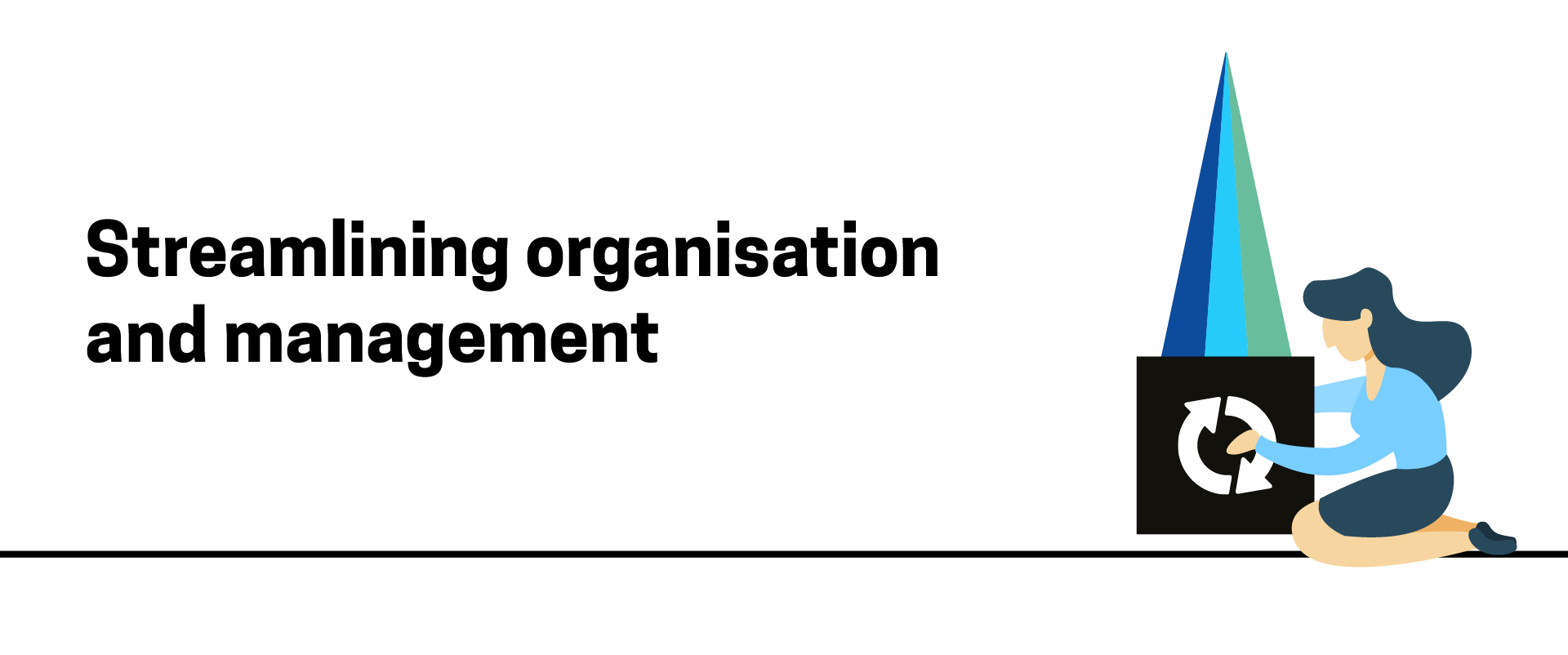
Streamlining organisation and management to improve Student Experience
Advances in EdTech have helped to transform the way that leading institutions operate. Student Information Systems are designed to manage the entire student lifecycle providing a more seamless Student Experience from enquiry to graduation.
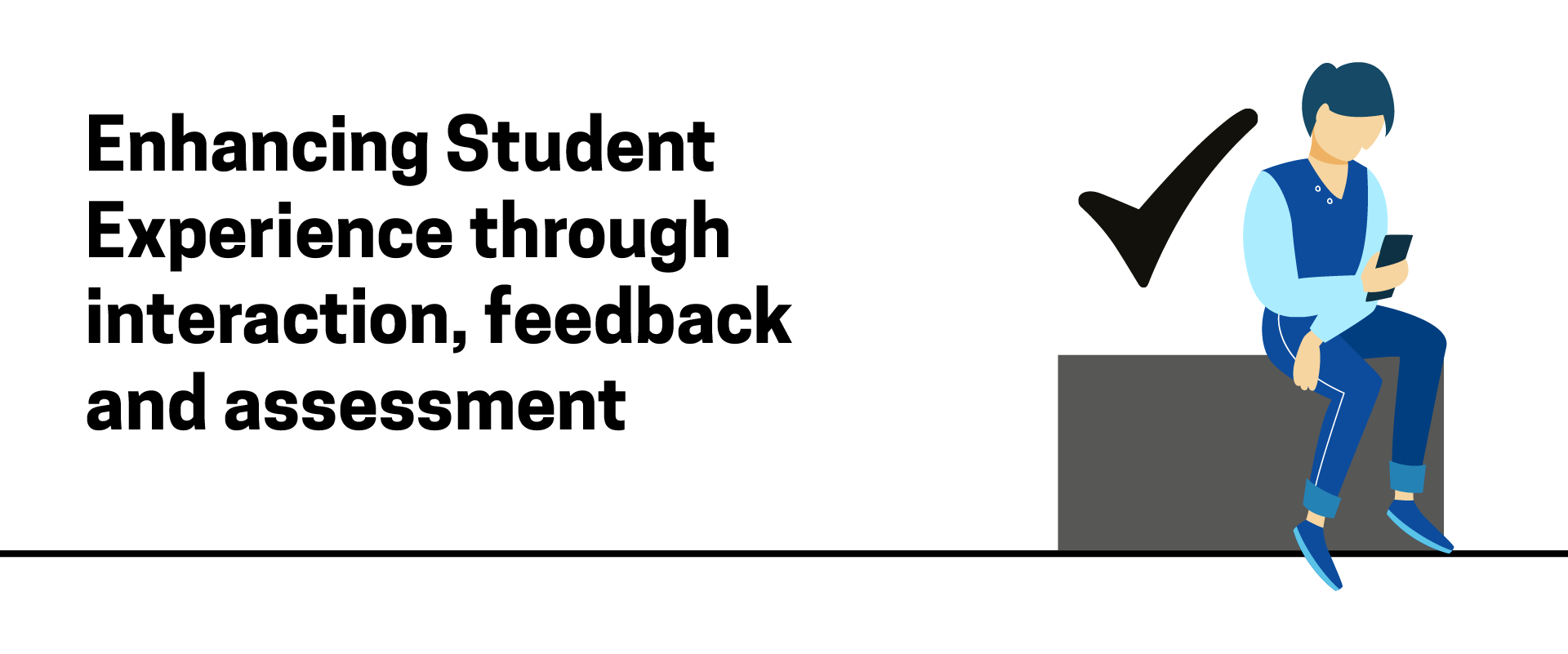
Enhancing student experience through interaction, feedback and assessment.
Research by JISC shows that educators are finding significant benefits from electronic tracking of student progress as well as learning gains from inspirational use of technology-enhanced formative assessment and feedback.
Eportfolio solutions provide learners and assessors with online, real time access to assessment and progress data. Advances in audio and visual capture tools are also now transforming the way that teachers can assess students and are bringing a whole new dimension to interactive feedback. These tools allow teachers to provide more immediate, efficient feedback directly to the students.
App technology provides the option for immediate, personalised feedback with grades or helpful comments, and private social networks provide a platform for resources to help keep students on track or encourage them during assessments.
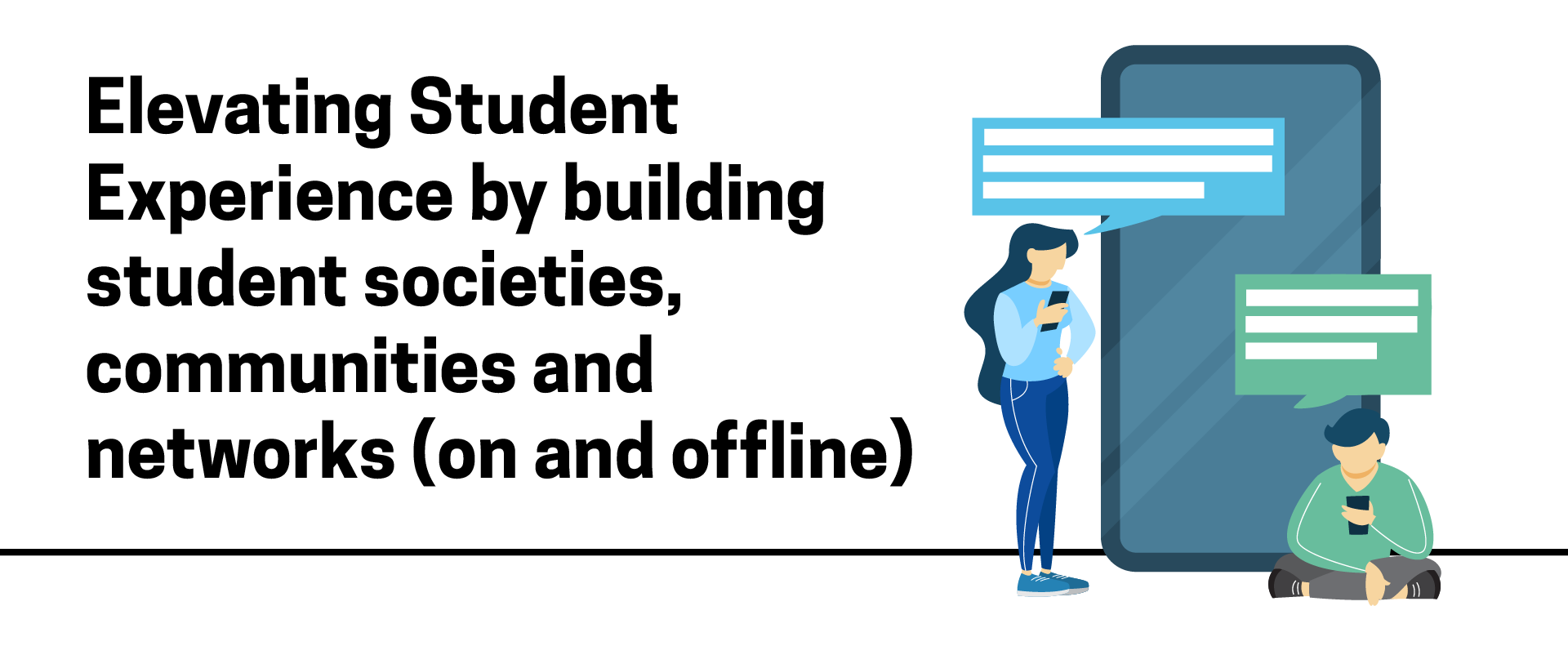
Elevating student experience by building student societies, communities and networks (on and offline).
Time away from study – socialising and broadening interests with extracurricular activities – is important to the majority of students who will be looking to experience:
- An active social life and opportunities to socialise (both on and offline).
- A positive and nurturing community atmosphere.
- A wide range of extracurricular activities/ societies.
- Good facilities/environment on campus and around the institution.
So how can technology help improve 'societal student experience'?
As people rely on social media more and more to make connections, network, and maintain relationships – it’s clear that institutions need to embrace social media to complete the ‘societal experience’. However, open social media in education is inherently risky as it lacks the safeguarding, security, monitoring, and traceability features needed to responsibly build student networks.
This is why private social networks – like Tribal Engage - are a must-have for institutions. Accessed via an app, private social networks are designed to operate just like other social networks, supporting social activities and networking by:
- Allowing institutions to reach out to students before they even start and enabling them to meet their fellow students so that they feel more connected and part of a wider learning community – right from the very beginning.
- Making it easy for staff and students to connect, communicate and collaborate with each other – with the added safeguarding features that keep staff’s professional and personal lives separate.
- Promoting all the social activities and societal events happening across campus.
 Hear what students and staff have to say about their college app that gives them instant access to social networks
Hear what students and staff have to say about their college app that gives them instant access to social networks
 And if you’re looking for ideas on the kind of content you can share via your institution’s private social network, check out this blog: Communication ideas on what to post on your mobile app
And if you’re looking for ideas on the kind of content you can share via your institution’s private social network, check out this blog: Communication ideas on what to post on your mobile app
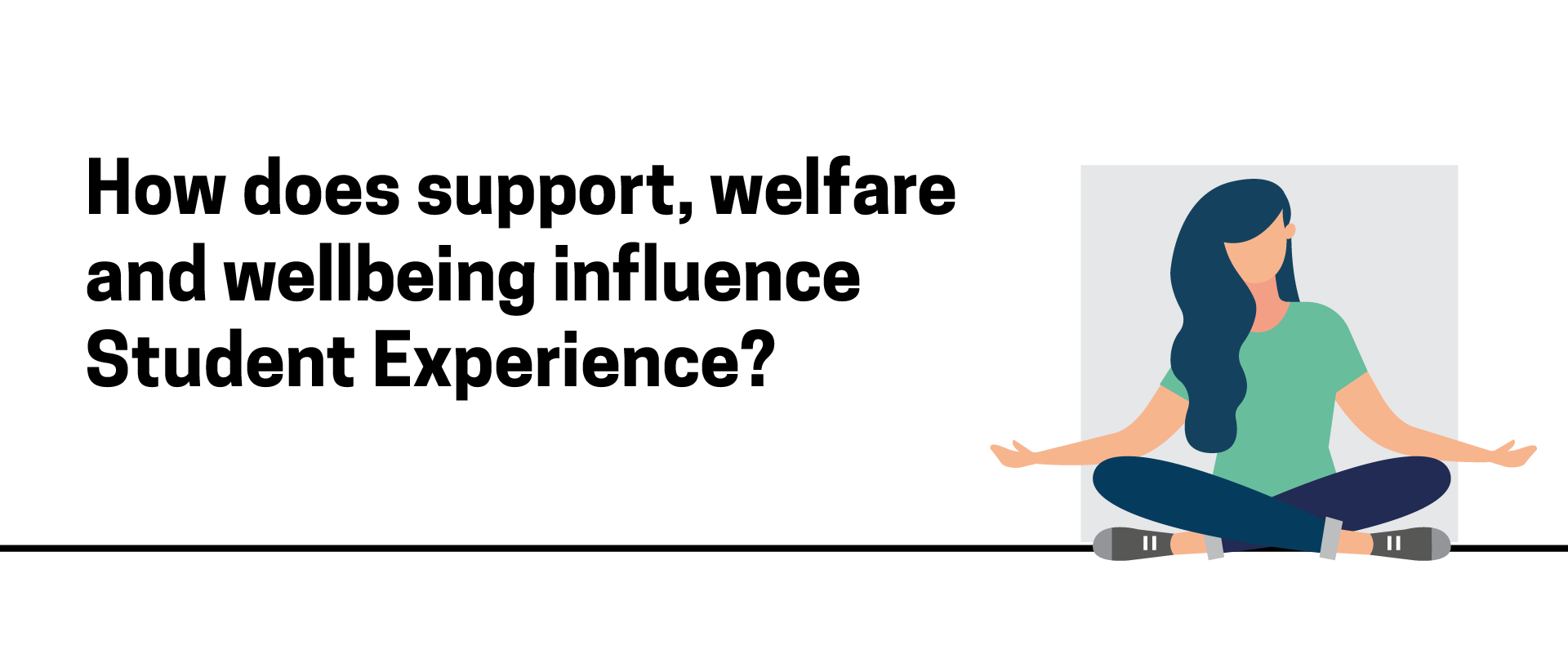
How does support, welfare and wellbeing influence Student Experience?
Student support, welfare and wellbeing are high on the education agenda – and not least because of the impact that failings in the delivery of pastoral care can have on a student’s academic performance, and their overall student experience. This recent research by Student Unions in the UK suggests that there is much more to be done to improve wellbeing, and encourages institutions to embrace any opportunities to do so.
Whilst social media and always being online can have a negative impact on student wellbeing –private social networks can also be a useful tool for connecting with students, particularly at the beginning of a course when students may be experiencing anxiety.
 Check out this blog to see how NESCOT is using its dedicated app to reduce student anxiety
Check out this blog to see how NESCOT is using its dedicated app to reduce student anxiety
 Check out this blog to see why this technology is especially relevant for specialist education providers: Specialist colleges – how can you improve your serious incident reporting?
Check out this blog to see why this technology is especially relevant for specialist education providers: Specialist colleges – how can you improve your serious incident reporting?
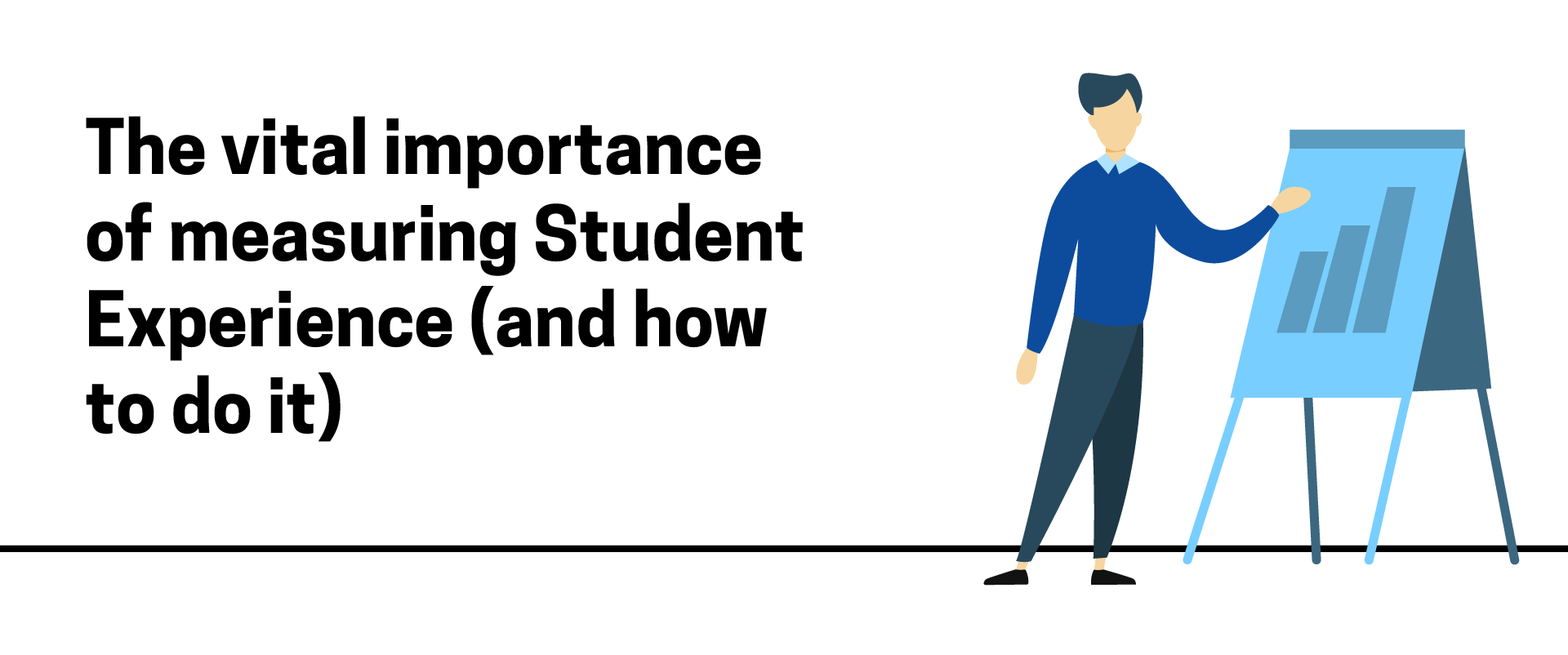
The vital importance of measuring Student Experience (and how to do it)
Whether your institution actively measures Student Experience or not – the Student Experience you offer is definitely being measured by each and every student. And they’re documenting and sharing their views, either informally via their networks/social media, or formally via national surveys such as the National Student Survey, THE’s Student Experience Survey and the HEA’s Postgraduate Taught Experience Survey.
It’s why institutions are now more focused on generating positive word of mouth from existing students and are using data to improve the student experience.
 Check out this great example from the University of Oxford to see how they’ve used the Student Barometer to enhance the student experience.
Check out this great example from the University of Oxford to see how they’ve used the Student Barometer to enhance the student experience.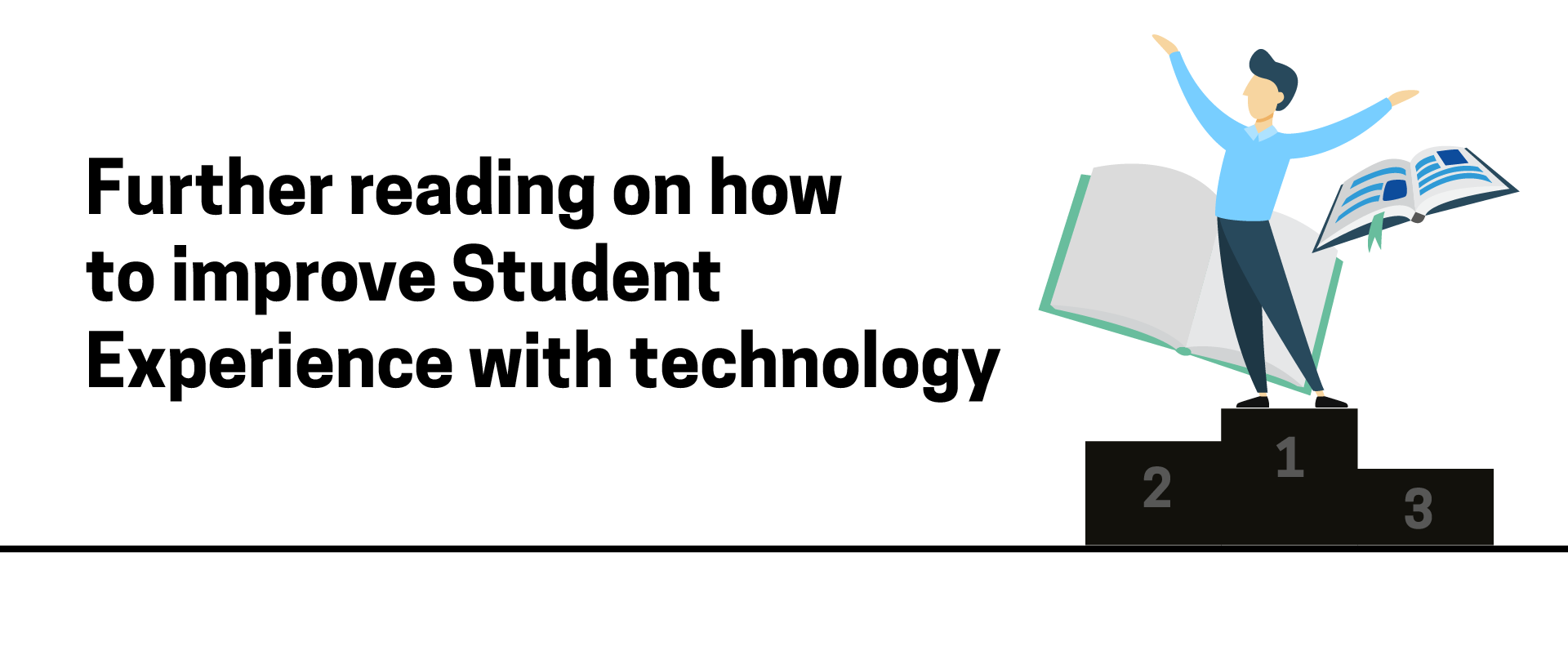
Further reading on how to improve Student Experience with technology
With every release, leading Student Information Systems (SIS) get smarter and more predictive, using increasingly huge amounts of data to predict challenges and drive up student success. In the future we’ll be embedding technologies such as machine learning, artificial intelligence and language recognition to further personalise the Student Experience, anticipate needs and deliver suggestions on programme and opportunities. These developments are all designed to enhance Student Experience throughout the learning journey.
And if you’re looking for more research on how you can use technology to improve Student Experience, here are our top 5 suggestions for further reading:
